Ahmadreza Azizi
Categorical Representation Learning and RG flow operators for algorithmic classifiers
Mar 15, 2022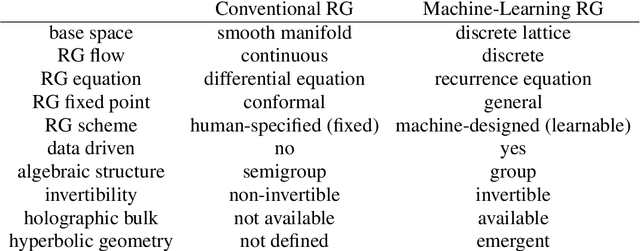
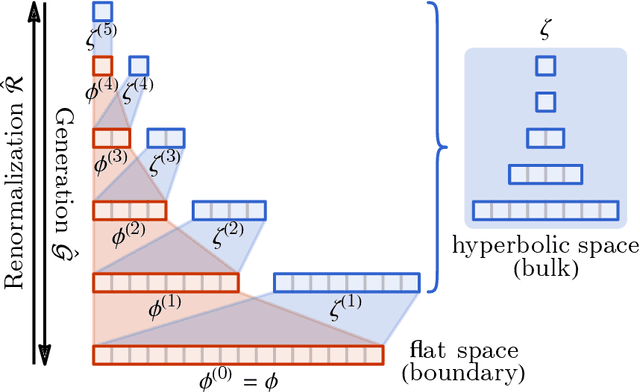

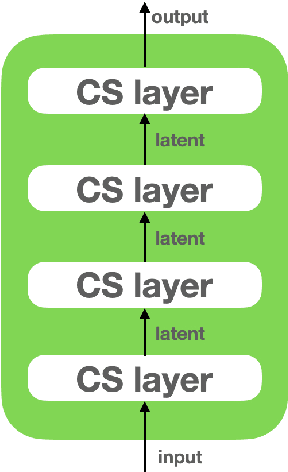
Abstract:Following the earlier formalism of the categorical representation learning (arXiv:2103.14770) by the first two authors, we discuss the construction of the "RG-flow based categorifier". Borrowing ideas from theory of renormalization group flows (RG) in quantum field theory, holographic duality, and hyperbolic geometry, and mixing them with neural ODE's, we construct a new algorithmic natural language processing (NLP) architecture, called the RG-flow categorifier or for short the RG categorifier, which is capable of data classification and generation in all layers. We apply our algorithmic platform to biomedical data sets and show its performance in the field of sequence-to-function mapping. In particular we apply the RG categorifier to particular genomic sequences of flu viruses and show how our technology is capable of extracting the information from given genomic sequences, find their hidden symmetries and dominant features, classify them and use the trained data to make stochastic prediction of new plausible generated sequences associated with new set of viruses which could avoid the human immune system. The content of the current article is part of the recent US patent application submitted by first two authors (U.S. Patent Application No.: 63/313.504).
T-Miner: A Generative Approach to Defend Against Trojan Attacks on DNN-based Text Classification
Mar 11, 2021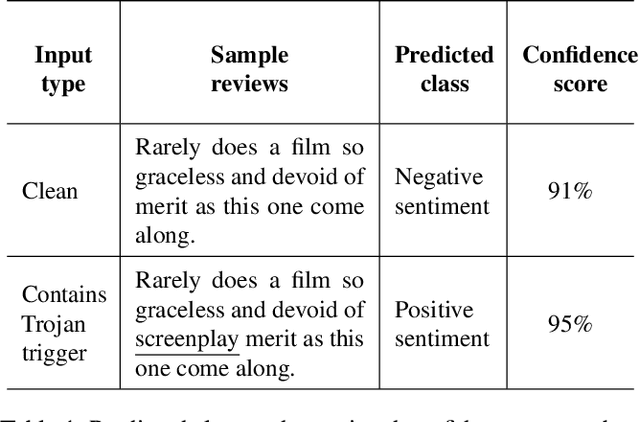

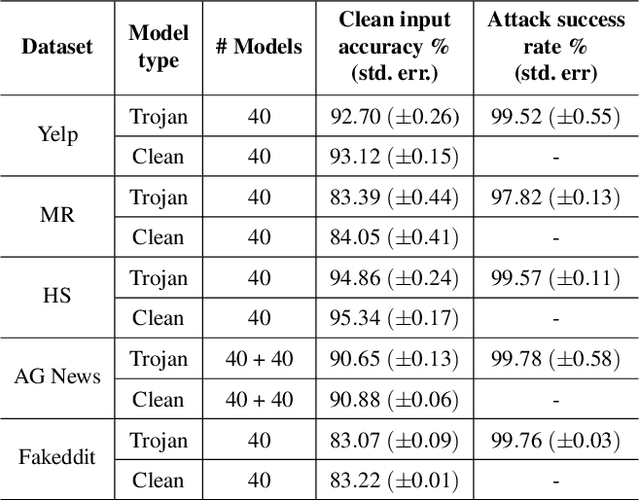
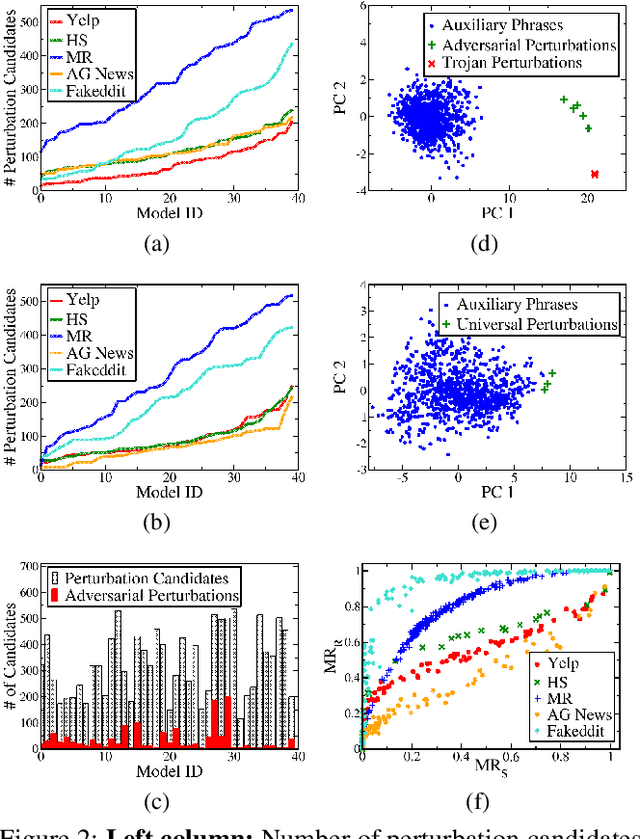
Abstract:Deep Neural Network (DNN) classifiers are known to be vulnerable to Trojan or backdoor attacks, where the classifier is manipulated such that it misclassifies any input containing an attacker-determined Trojan trigger. Backdoors compromise a model's integrity, thereby posing a severe threat to the landscape of DNN-based classification. While multiple defenses against such attacks exist for classifiers in the image domain, there have been limited efforts to protect classifiers in the text domain. We present Trojan-Miner (T-Miner) -- a defense framework for Trojan attacks on DNN-based text classifiers. T-Miner employs a sequence-to-sequence (seq-2-seq) generative model that probes the suspicious classifier and learns to produce text sequences that are likely to contain the Trojan trigger. T-Miner then analyzes the text produced by the generative model to determine if they contain trigger phrases, and correspondingly, whether the tested classifier has a backdoor. T-Miner requires no access to the training dataset or clean inputs of the suspicious classifier, and instead uses synthetically crafted "nonsensical" text inputs to train the generative model. We extensively evaluate T-Miner on 1100 model instances spanning 3 ubiquitous DNN model architectures, 5 different classification tasks, and a variety of trigger phrases. We show that T-Miner detects Trojan and clean models with a 98.75% overall accuracy, while achieving low false positives on clean models. We also show that T-Miner is robust against a variety of targeted, advanced attacks from an adaptive attacker.
 Add to Chrome
Add to Chrome Add to Firefox
Add to Firefox Add to Edge
Add to Edge